This panel of dairy farmers will work with editors behind the scenes, helping review and guide the magazine’s editorial content. They will provide ongoing feedback about the magazine in general as well as on specific magazine content, discussing the usefulness of articles and what they liked and didn’t like about them. They have also helped generate ideas for future articles.
This issue – and several more times this year – we also involve our new editorial advisory team in a roundtable discussion on timely topics and specific dairy management areas.
We kick off the discussion with a question on how they prioritize decisions regarding equipment and facility maintenance when economics are tight.
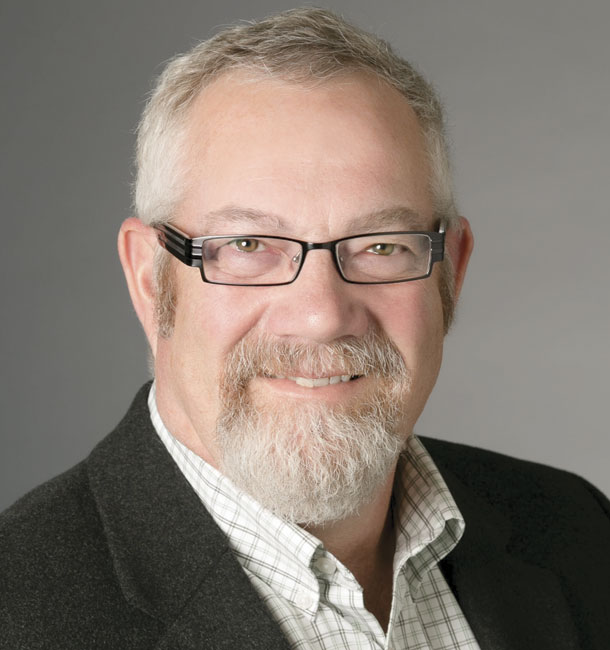 Jim Werkhoven
Jim Werkhoven
Werkhoven Dairy Inc. and People’s Creek Dairy
Monroe, Washington
Herd: 1,700 cows
Bedding: Digested, separated manure solids in freestalls
Crops: 1,500 acres in total: 900 corn for silage, 400 acres of pasture for heifers and dry cows, and 200 acres of grass hay
Keep maintenance in-house when possible
When times are hard, we do operate with a different mindset: I would say in a more thoughtful and deliberate way. We actually tend to delay capital purchases rather than defer maintenance. We try to do as much of the maintenance in-house as we can and are slower to call out service technicians. This does slow down the pace that maintenance occurs.
We will not compromise on safety, milk quality, cow comfort and care. Our experience tells us to do otherwise is a mistake. As difficult as it is, I believe it is important to try to keep a long-term view. We don’t want to make short-term decisions that will come back and bite us in the long term.
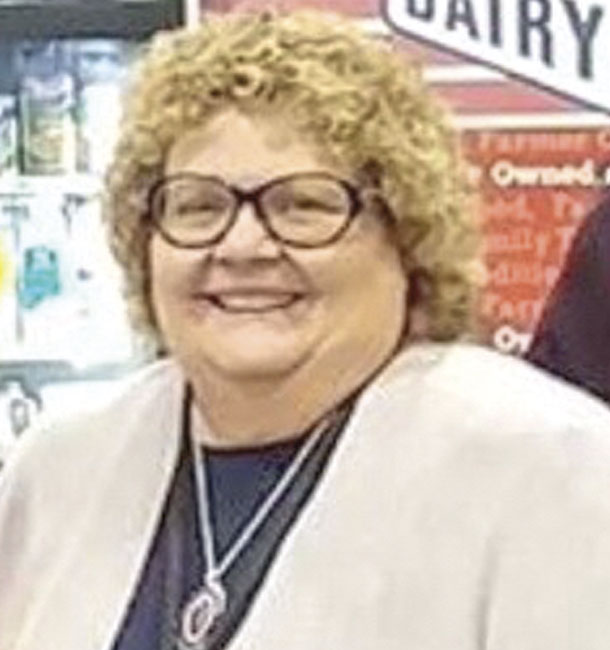 Lynda Foster
Lynda Foster
Foster Dairy
Fort Scott, Kansas
Herd: 180 commercial Holstein cows
Parlor: Three Lely robotic milking units
Bedding: Virgin sand in freestalls
Crops: 800 acres: 150 in corn silage, 100 in corn for grain, 250 in soybeans, 300 in pasture/grass hay
Deferred maintenance. Wow. In these tough economic times, what isn’t being deferred? Whether one wants to or not, if there’s no extra money, there’s no fixing anything. We try to keep on top of those things that don’t cost anything but our own labor and time. However, we’re short on those as well. Except for some part-time help on feeding the cows and some calf feeding, all the current labor is family.
Our son, a partner in the operation, has a sideline business that is doing very well. Therefore, it is important to let him be gone part of the time to keep that source of income coming in. But that makes for less family labor and increases the workload on those of us who are left. This means the only maintenance going on is just the critical items needed to keep the cows milked, fed and cared for.
Freestalls that break are getting fixed to keep cows comfortable and lying straight to prevent mastitis. That tractor that runs the feeder wagon got fixed in order to put feed out. The mixer broke down a few days ago and, of course, you have to fix that to mix the feed the cows eat. We won’t compromise on those types of things that keep the cows being productive; otherwise we just hurt ourselves with less income.
This winter has been tough on equipment. It’s also been tough on robots. They don’t like the cold. The sad thing is: The economic downturn has been going on for so long now things like mending fences, better repairs on equipment and buildings, and upkeep on cropground can’t wait much longer. I try to stay optimistic, however, and keep the faith. Things will get better.
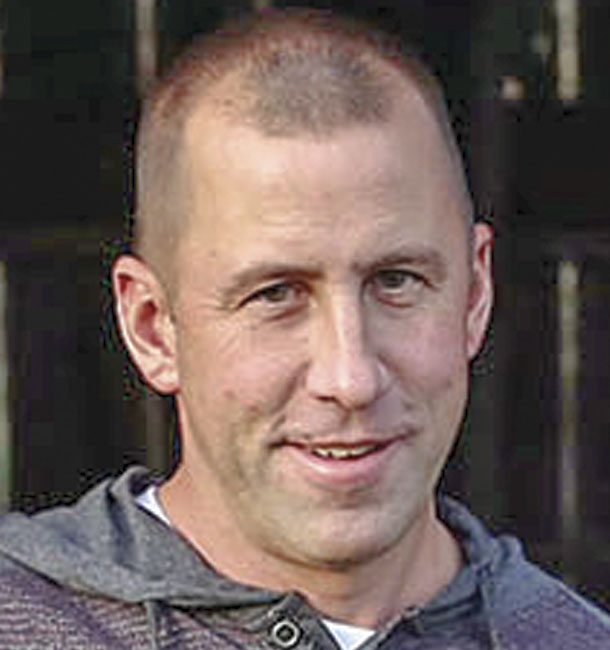 Dan Brick
Dan Brick
Brickstead Dairy
Greenleaf, Wisconsin
Herd: 800 cows
Parlor: Double-10 parallel
Bedding: Virgin sand in freestalls
Crops: 950 acres in total: 400 in forages and 550 BMR corn silage
What I will not defer is anything that might affect production in the short term or long term. For example, hoof trimming can be an easy one to let go or slide. For a while, the short-term effects might not be much, but long-term production could be significant.
What I am willing to defer is replacing equipment. We are willing to spend more in repairs. For example, our barn skid steer is due to get replaced this year, but we’re willing to put more into repairs for 2019, and we have a backup employee in the shop if it happens to break down, so we do not disrupt our regular labor schedule.
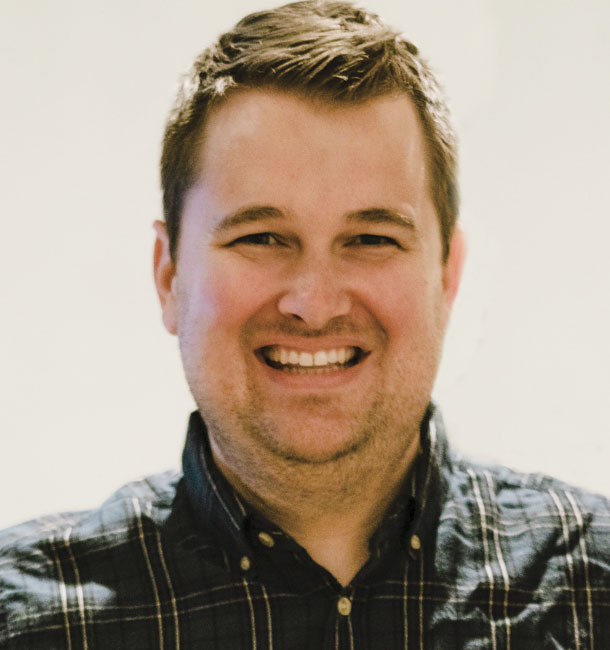 Aaron Wickstrom
Aaron Wickstrom
Wickstrom Dairies
Hilmar, California
Herd: 2,400 Jersey cows
Parlor: 50-cow rotary
When times are tough, we will defer maintenance on non-critical equipment, machinery and facilities. That usually means extending the preventive maintenance intervals a little longer than normal. If a piece of equipment that is not used on a regular basis is down, and we have used up all of our repairs and maintenance budget for the month, we will push that repair into the next month so we can keep as close to our budgets as possible.
However, any item that is safety-related or could become a safety issue, those items and pieces of equipment are always repaired immediately.
We have a system that allows us to look at any repairs and maintenance items or purchase of supplies in real time compared to our budget, so it makes it a lot easier to prioritize items when cash flow is tight. One thing that has helped us is reminding our team to be very observant when using equipment or machinery and try to spot potential maintenance issues early when they are easy and inexpensive to repair.
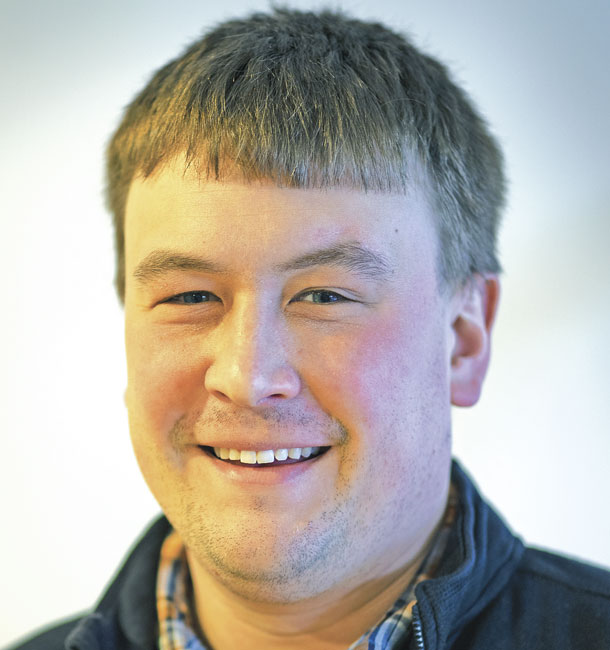 Will Gladstone
Will Gladstone
Newmont Farm
Bradford, Vermont
Herd: 1,400 commercial Holstein cows
Parlor: Double-20 parallel
Bedding: Transitioning from recycled sand in deep-bedded stalls to sand bedding on top of a pack mat
Regular maintenance hasn’t really changed a lot during the last few years on our farm. We may try to make items last just a bit longer before replacing them. For the most part though, maintenance priorities involve cow comfort, like stalls, headlocks or flooring. We know we’ll just pay down the road for decreased cow performance if we don’t.
The discussion comes up, though, if we are talking about a significant maintenance activity or rehab in a barn. It is about whether we can hold off for a bit longer without sacrificing results or, more importantly, safety.
On the equipment side, we’re going through the line and doing general maintenance to make sure we are ready for spring work.
Where we have backed off during these economic times is with capital purchases rather than maintenance. We’re focused on what is going to give us the best return tomorrow. ![]()

-
Dave Natzke
- Editor
- Progressive Dairyman
- Email Dave Natzke






